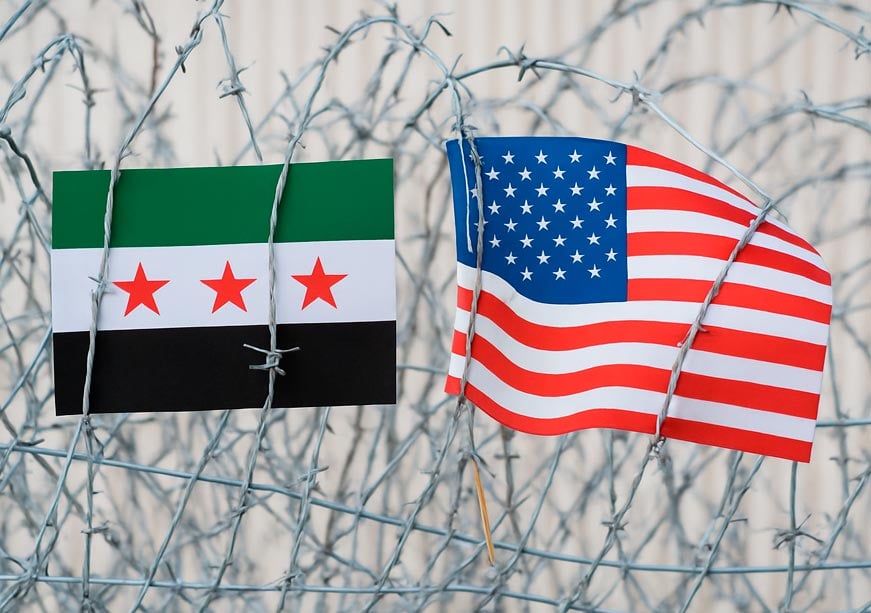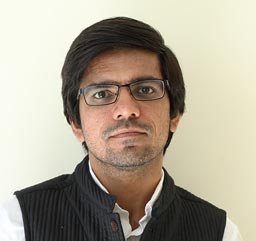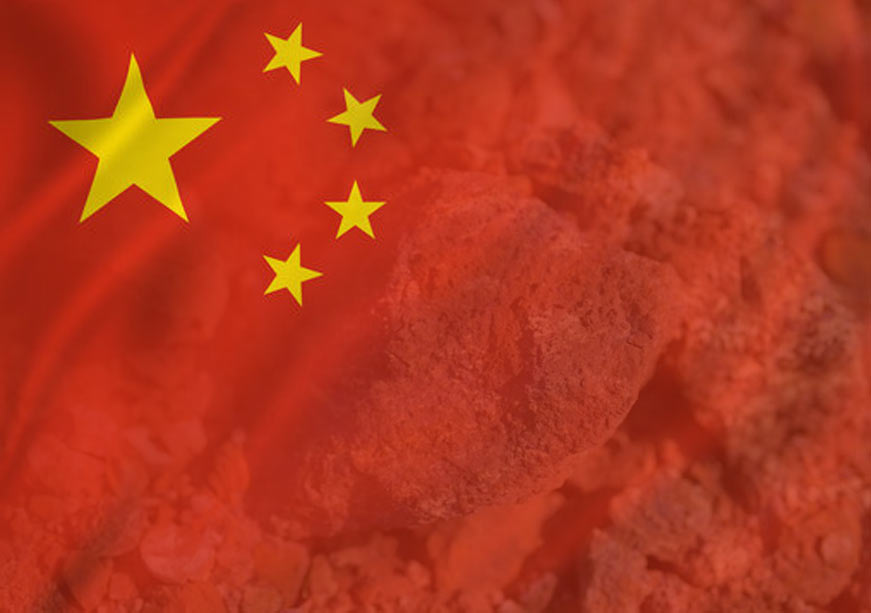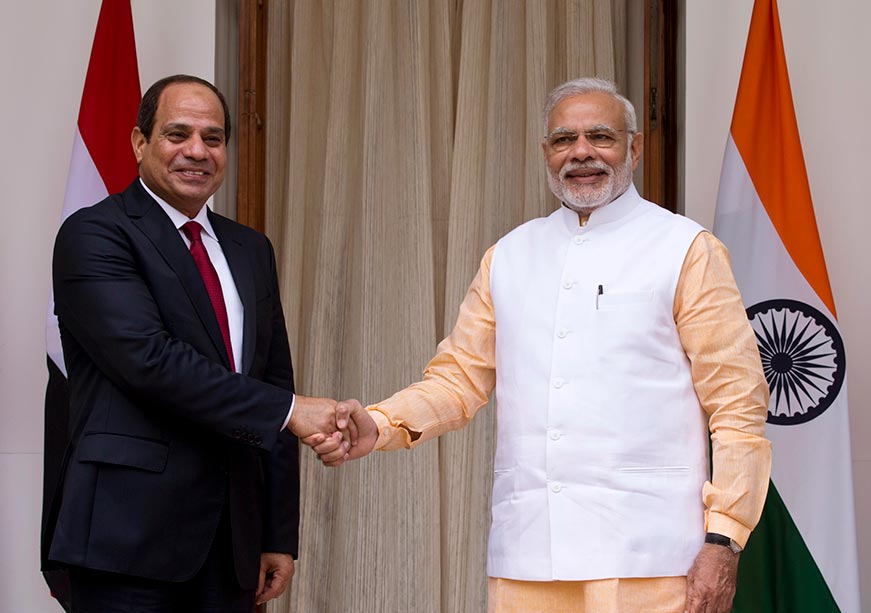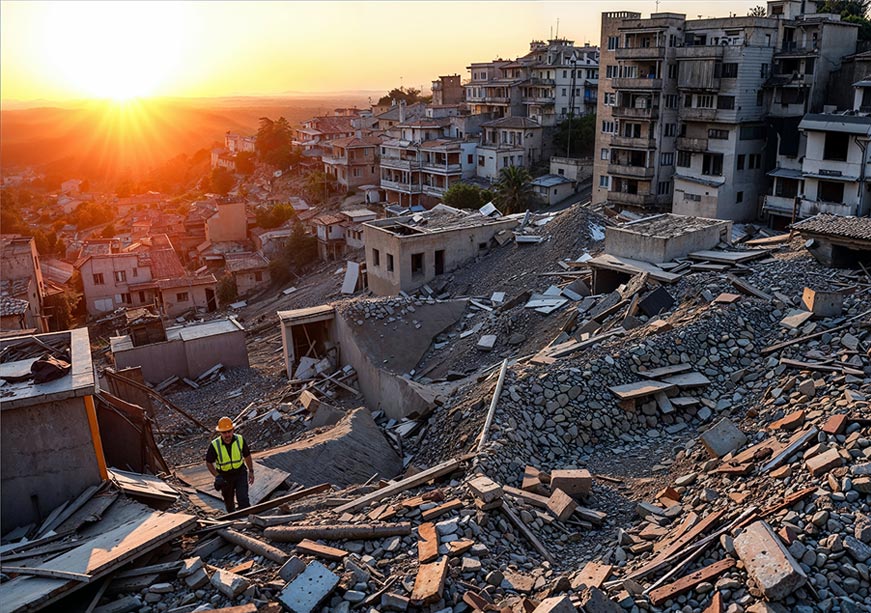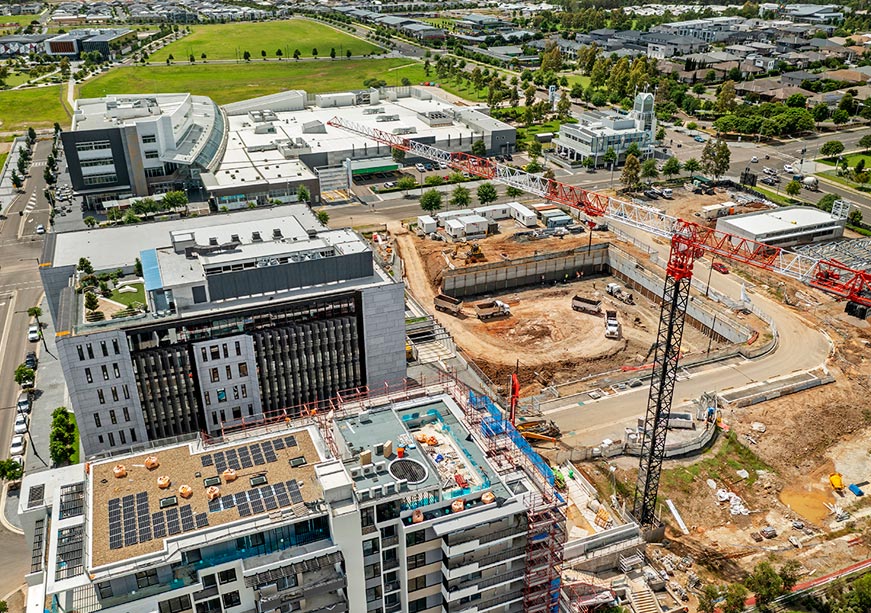As old conflicts resurface, the ‘new Middle East’ risks becoming a mirage, revealing the fragility of regional transformation amid deep-rooted political fault lines.
The violence and instability that erupted in Syria over the past few weeks were not unexpected. Today’s geopolitical climate suffers from a kind of attention deficit disorder, where surface-level deal-making, ceasefires, and headline-driven conflict resolution appear to be prioritised over tackling long-standing and deep-rooted political fault lines. The terror attack by Hamas against Israel in October 2023 and the ensuing war in Gaza, which continues unabated, has put a spanner in the region’s forward-looking trajectories. Debates over the ‘new Middle East’ have shifted dramatically, moving from early optimism to present-day uncertainty.
The terror attack by Hamas against Israel in October 2023 and the ensuing war in Gaza, which continues unabated, has put a spanner in the region’s forward-looking trajectories.
Since 2023, the war in Gaza, a domestically edgy and paranoid Israel, a surviving Hamas, disruptions in critical waterways such as the Red Sea, Israel- and US-led strikes against Iran’s nuclear programme, and Iranian retaliation with missiles targeting American military facilities in Qatar have opened a proverbial pandora’s box in a geography striving for a new era of development, economic growth, wealth, and business. From the proposed India–Middle East–Europe Economic Corridor (IMEC) to Dubai, Abu Dhabi, Doha, and now Riyadh angling for centrality in the global financial and diplomatic highways, the projections of what a ‘new Middle East’ would look like are today arguably off track. Many Arab states are now looking to place themselves on a pedestal of neutrality. Simultaneously, they are also realising that doing so will become increasingly difficult moving forward. A quintessential example of this has been Saudi Arabia, which was slow to take a strong political position on Israel’s actions in Gaza, but has now made its policy clear, with any rapprochement with Israel being attached to the recognition of a Palestinian state.
The past few months have been more reminiscent of the old Middle East than anything new. Beneath the veneer of Dubai’s gleaming towers, the grand ideations driving Neom in Saudi Arabia, and ambitions to make the region a global hub for AI, hi-tech products, semiconductors, and the future of innovation — lie fundamental geopolitical questions that were previously brushed under the carpet to be delt with another day, but are now rearing their ugly heads. An idea that is increasingly popular in the West today is that regional powers will take on the onus of policymaking to find collective solutions to crisis points. Foreign presence in the Middle East, largely American and European, is expected to scale down and be re-oriented to address emerging threat perceptions, particularly the rise of China as a superpower and Russia’s rebranding as the main strategic challenge for continental Europe.
The euphoric normalisation of al-Sharaa’s power grasp at breakneck speed by the West arguably underplayed and ignored the difficult ethnic and political challenges that simmered beneath the iron fist of the Assads, who belonged to the minority ethnoreligious Alawite sect in a Sunni-majority state.
In some ways, it is Syria that is going to be a litmus test. Since the fall of Bashar al-Assad’s nearly three-decade rule and the end of the Ba’athist regime’s half-century grasp on power in Damascus, self-declared lapsed-jihadist and chief of the Hay’at Tahrir al-Sham (HTS) — which was only delisted as a terror group in Washington in July 2025 — Ahmed al-Sharaa (formerly known as Abu Mohammed al-Jolani), now faces the task of walking a tightrope and aligning more with Arab states backed by the US and Europe than with Iran, Russia, and China, the now-sidelined patrons of the Assad family. However, the euphoric normalisation of al-Sharaa’s power grasp at breakneck speed by the West arguably underplayed and ignored the difficult ethnic and political challenges that simmered beneath the iron fist of the Assads, who belonged to the minority ethnoreligious Alawite sect in a Sunni-majority state.
The March 2025 massacre of Alawites in the country’s coastal areas in and around the Latakia governate — despite Alawite elders having agreed in principle to back Al Sharaa’s ascendency — showcases the difficult task ahead for intra-Syrian integration. The tensions spilled over a few months later, this time in Suwayda in southern Syria, where clashes between groups belonging to the Bedouin tribe (who are mostly Sunni) and the Druze community — such as those led by Sheikh Wahid Al-Bous and Sheikh Hikmat al-Hijri — resulted in over 1,000 fatalities. The violence was sparked by the abduction of a Druze merchant on a highway. In response, Israel bombed al-Sharaa’s military headquarters in Damascus. Adding another layer of complexity, the Druze are considered an important minority in Israel, and Prime Minister Benjamin Netanyahu’s government has vowed to protect their interests in Syria. The attacks against al-Sharaa occurred despite recent contactbeing established between the new Syrian leadership and Israel.
Ideological and political fractures, including the challenge of building intra-ethnic frameworks, present a difficult task under the kind of geopolitical contestation currently underway in the Middle East.
Syria is not alone in this boat. Lebanon is another state going through a fragile makeover as President Joseph Aoun attempts to stitch the country back together in the wake of a weakened Hezbollah. Geopolitical brinkmanship can only take the proverbial horse to water — but for it to take a drink, it must be willing, thirsty, and find itself in a safe space. Ideological and political fractures, including the challenge of building intra-ethnic frameworks, present a difficult task under the kind of geopolitical contestation currently underway in the Middle East. However, at the end of the day, they are as critical to resolve as Syria’s economic destitution. One cannot be resolved without addressing the other. Brushing ideology- and ethnicity-related conflicts under the carpet and believing that money alone can resolve a complicated state structure’s dilemmas is conceptually flawed. Saudi Arabia has announced US$6.4 billion in investments for Syria, while the United Arab Emirates has already signed a US$800 million deal to take over the critical port of Tartous on the Mediterranean coast. Furthermore, the US has also removed sanctions and delisted al-Sharaa and his immediate circle from terrorist-designations, despite concerns raised by security agencies.
Finally, the very idea of a ‘new Middle East’ is neither theoretical nor too ambitious to achieve. In fact, the Abraham Accords, the I2U2, and the IMEC are tangible realities steering the region towards change. Ultimately, security enables economic prosperity, and the Middle East’s core concern today is the future trajectory of its security landscape. While post-2023, Israel is playing an outsized and often overreaching role, other regional actors and stakeholders will have to wade into this quagmire to ensure a level geoeconomic playing field for the future. The equity to shape a ‘new Middle East’ must come from within the region, and it is time for regional actors to acknowledge this responsibility openly.
This commentary originally appeared in ORF.

